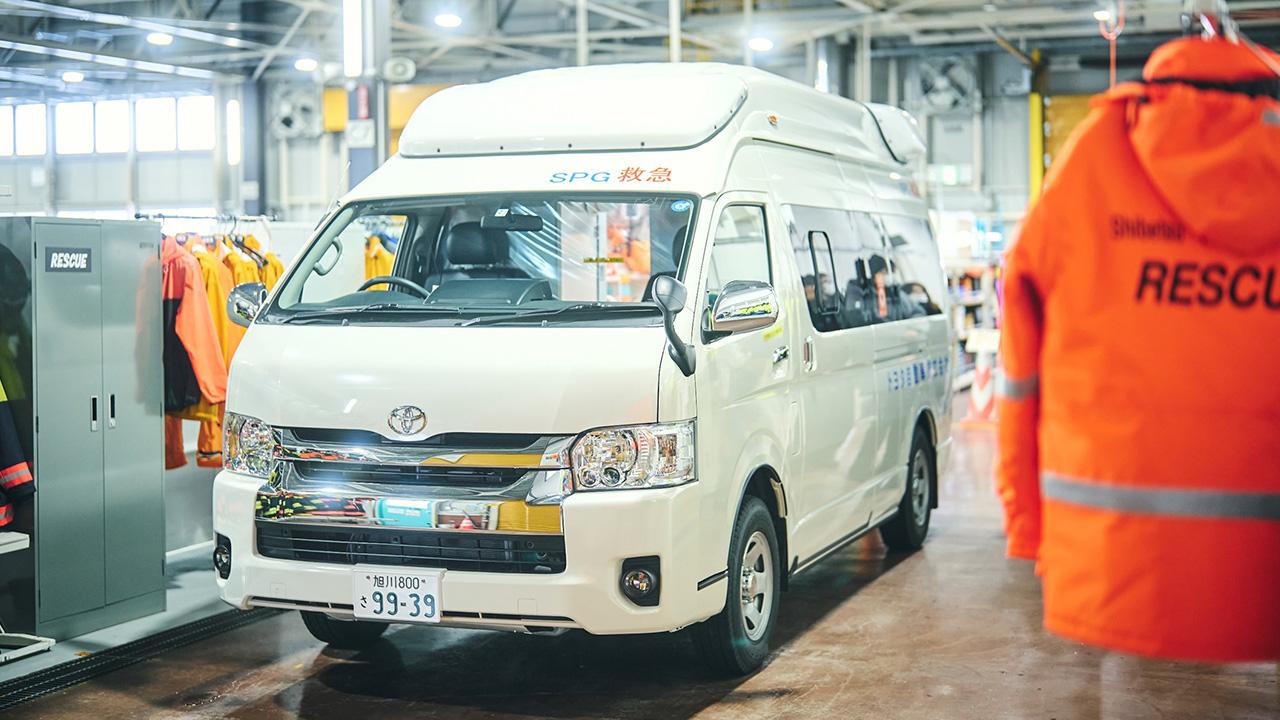
The Shibetsu Proving Ground is a key facility in the making of ever-better cars, and a place filled with creative ideas for ensuring that testing is carried out safely.
Test driver perspective crucial for safety
Kataoka
If a test vehicle crashes and its body is crushed, this tool is used to cut open the metal to rescue the driver.
We train regularly to be ready for such situations, but thankfully we’ve never had to use it.
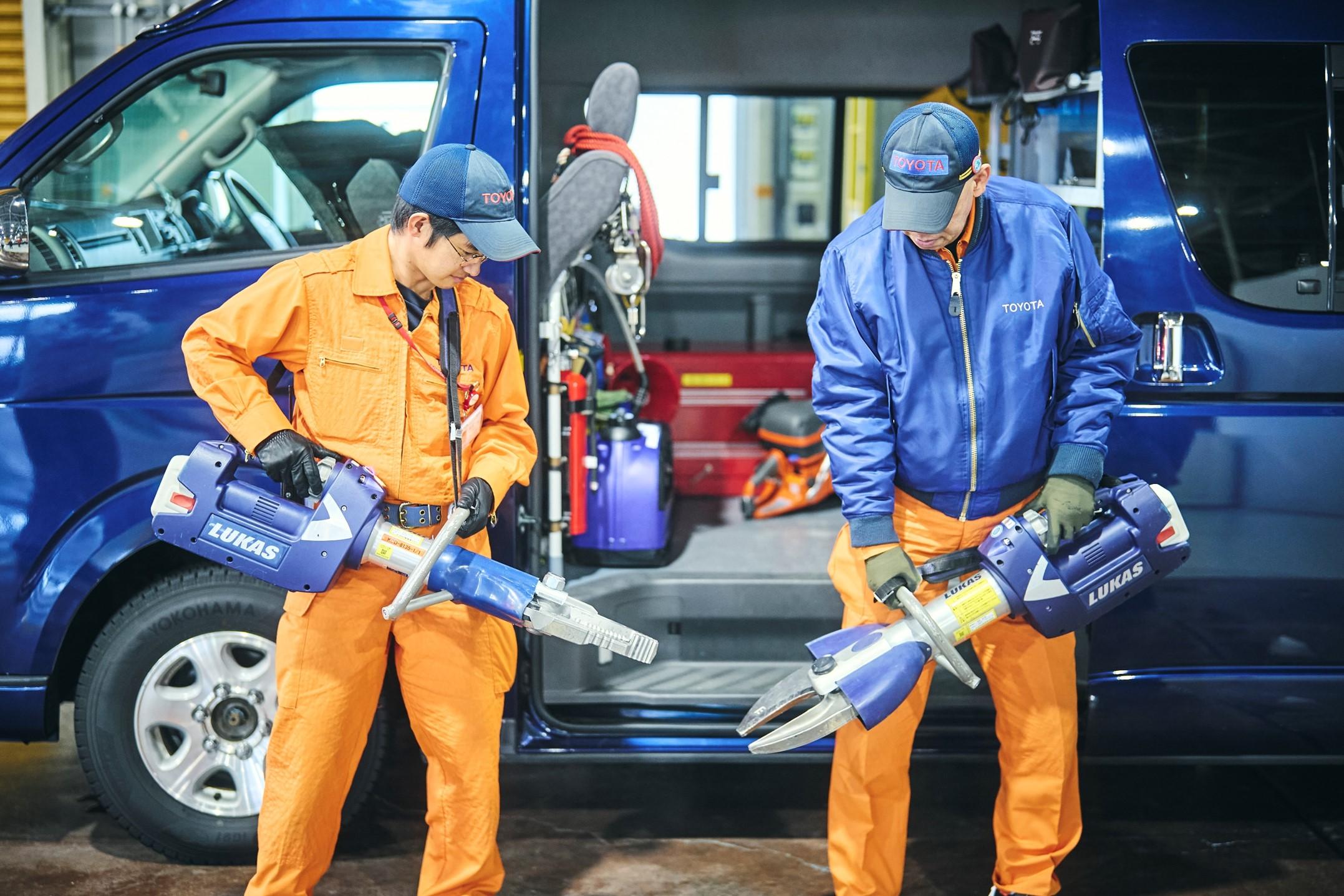
Next, fellow course management member Daiki Hirakawa explained some of the team’s other efforts to ensure safety. His day begins with the morning course inspection.
Hirakawa
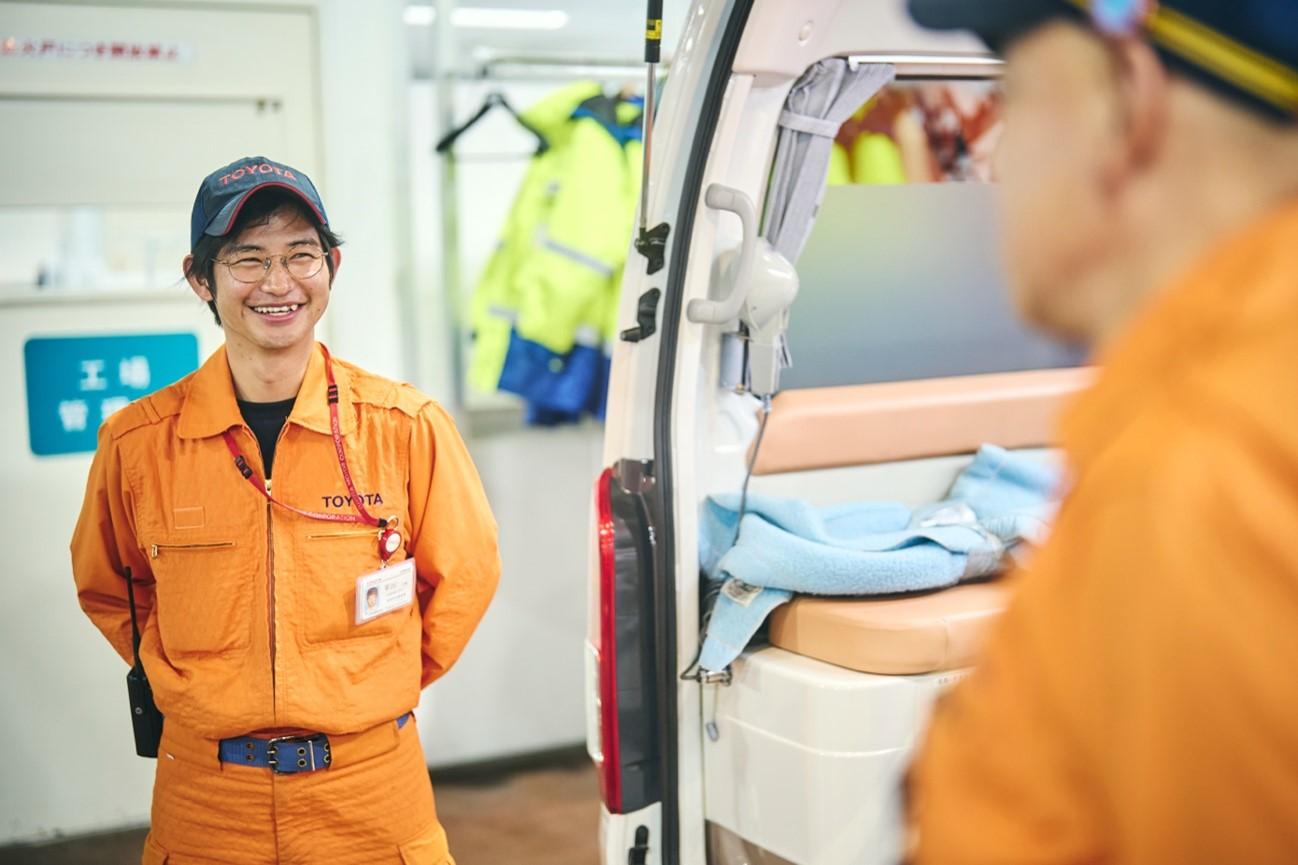
We inspect our courses three times a day, checking the sand bunkers and cushions that have been set up to prevent a serious accident if a car slides out and crashes.
Another part of our job is keeping an eye on the monitors to make sure that deer and other animals don’t intrude on the course. Once the tests are underway, we move to monitoring from the control room.
As he said this, Hirakawa led us to a section of the room lined with monitors displaying camera feeds.
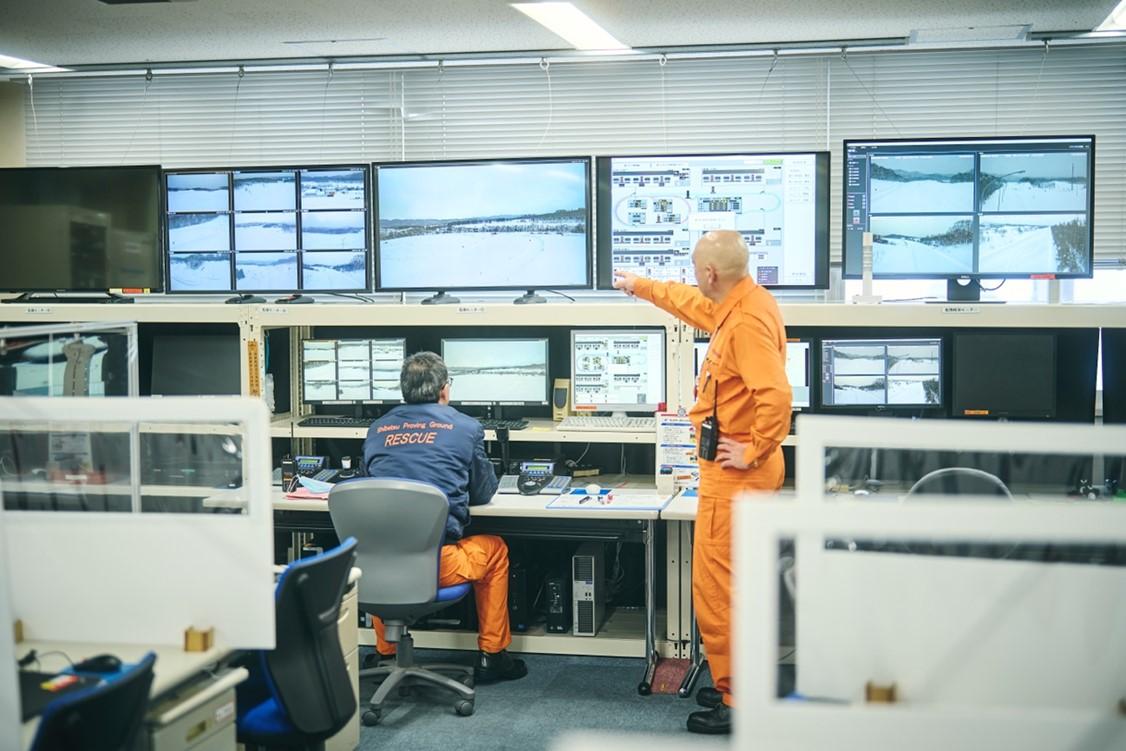
He explained that visitors from Toyota’s headquarters or the Higashi-Fuji Technical Center are asked to submit test plans and outline what they hope to achieve. The staff then prepare the courses and schedules based on those to ensure the tests run efficiently.
Despite test drivers sometimes making special requests, there’s a reason why the arrangements always go smoothly.
Hirakawa
Not only do I know the courses like the back of my hand, but I also hold S1 qualifications, which is Toyota’s second-highest level as a test driver and allows testing at over 200 km/h. This means I can prepare tests from the perspective of those who conduct them.
For example, we can prevent problems by identifying and monitoring irregular driving via our cameras.
Using their advanced skills as test drivers to detect dangers, Hirakawa and the team address safety in a way that goes beyond mere data.
Kataoka
Avoiding accidents is our top priority, but if something were to happen, we also want to help our colleagues as quickly as possible. That’s why we try to stay up to date with the latest information on first aid and vehicle construction.
Among the multiple car and parts manufacturers that have test courses in Hokkaido, Toyota was the first to establish a rescue unit. Other companies visit us to exchange information.
According to the records, however, neither the state-of-the-art ambulance nor the rescue truck loaded with equipment for prying doors or cutting through the roof of a crashed vehicle have ever been called to action. Nonetheless, the team is meticulously prepared for rescue, just in case.
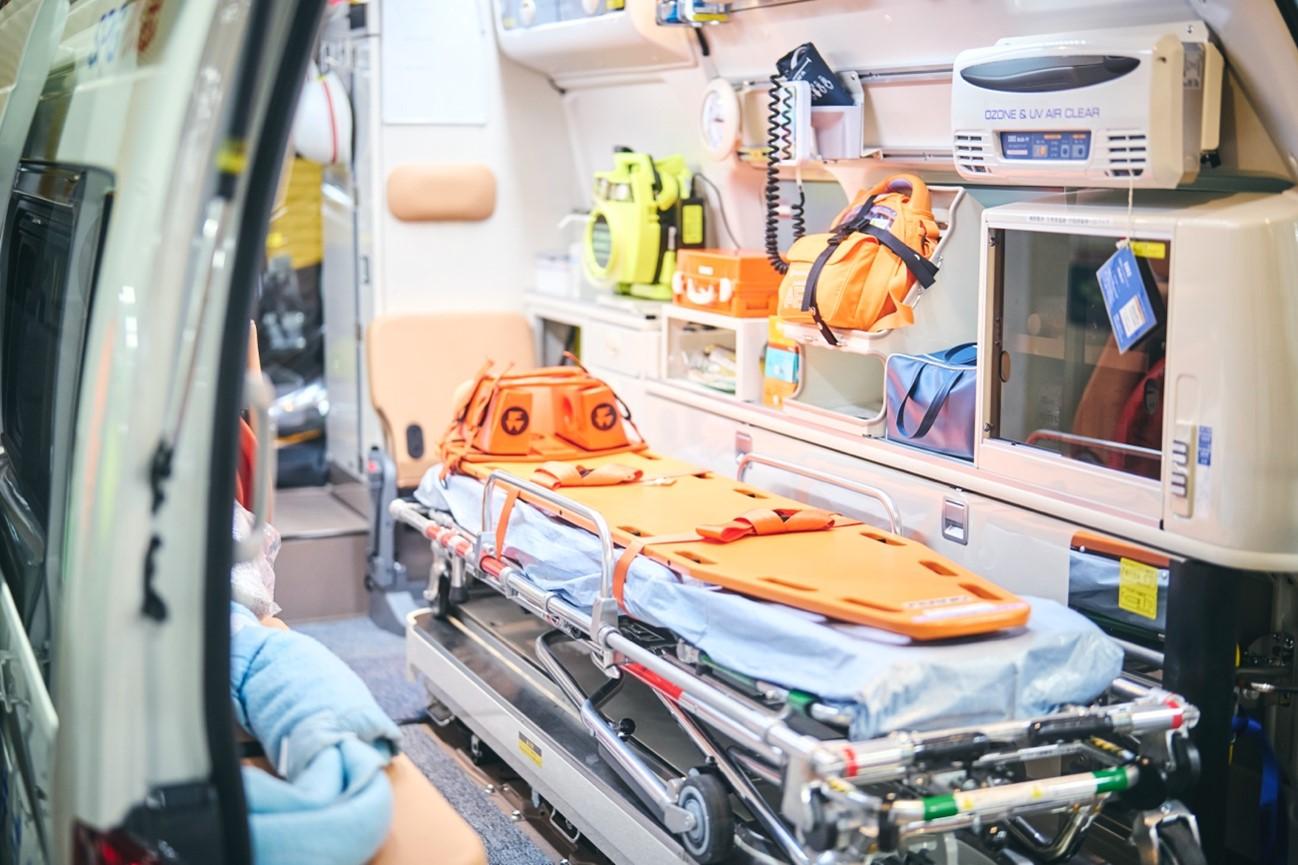
The test driver’s job is not just about working with cars—maintaining safe courses is equally important. This means learning emergency medical aid for the sake of colleagues and keeping emergency vehicles eternally on standby. In this way, the ideas and care of each person involved in Toyota’s cold-climate testing contribute to making ever-better cars.

